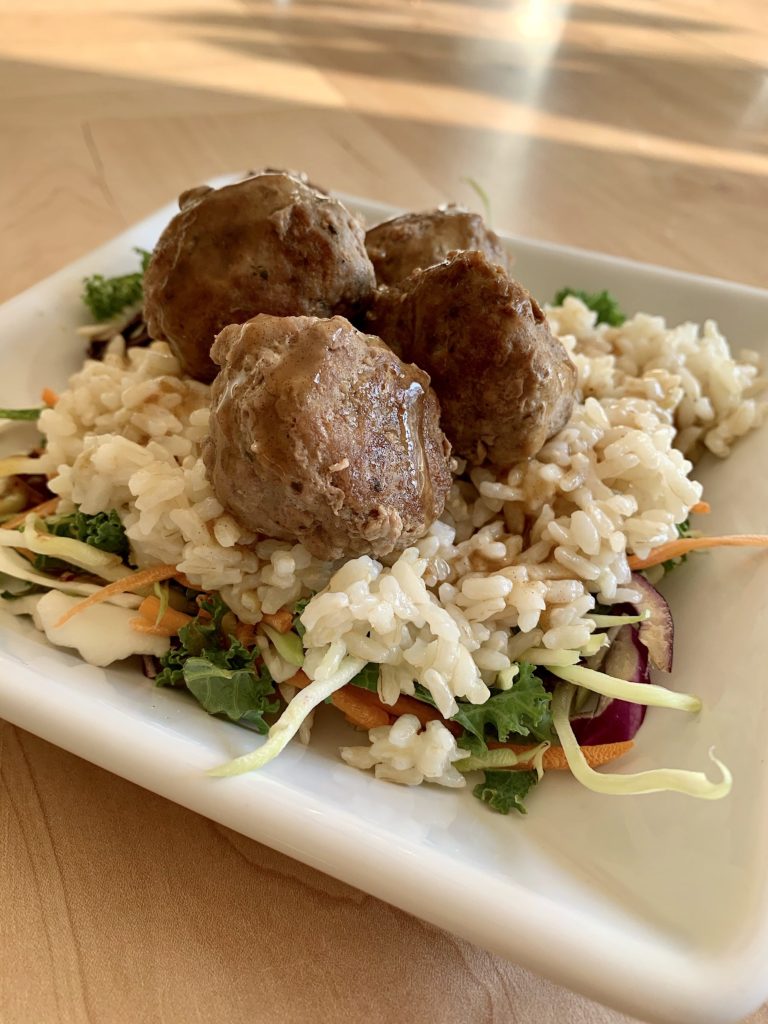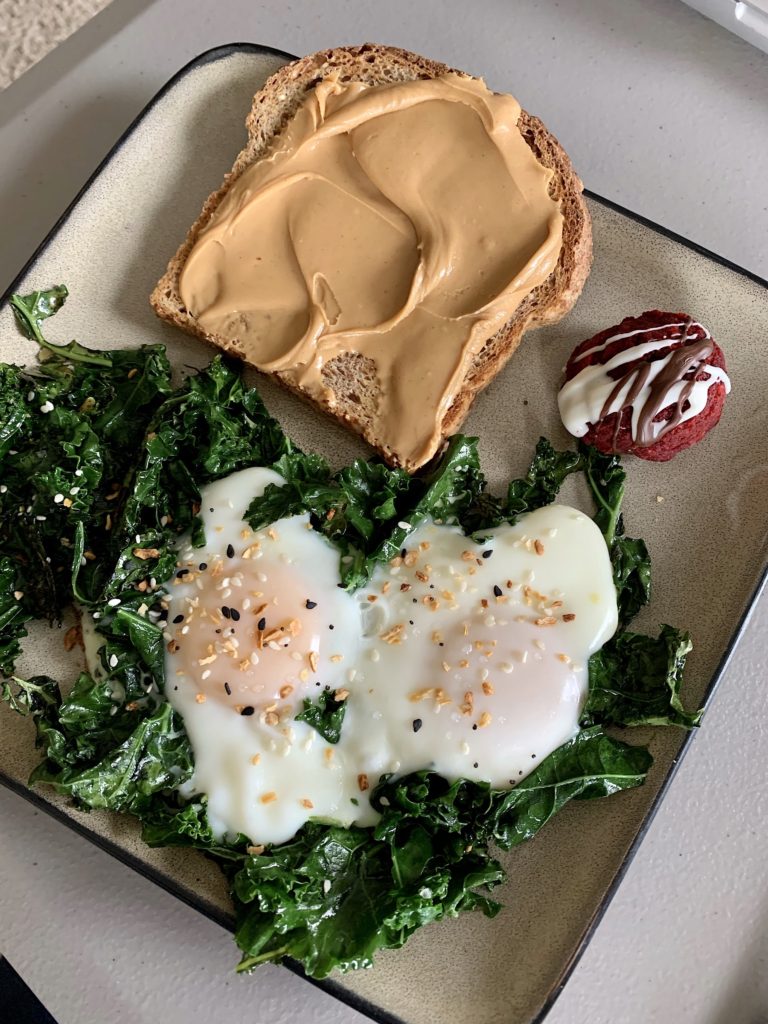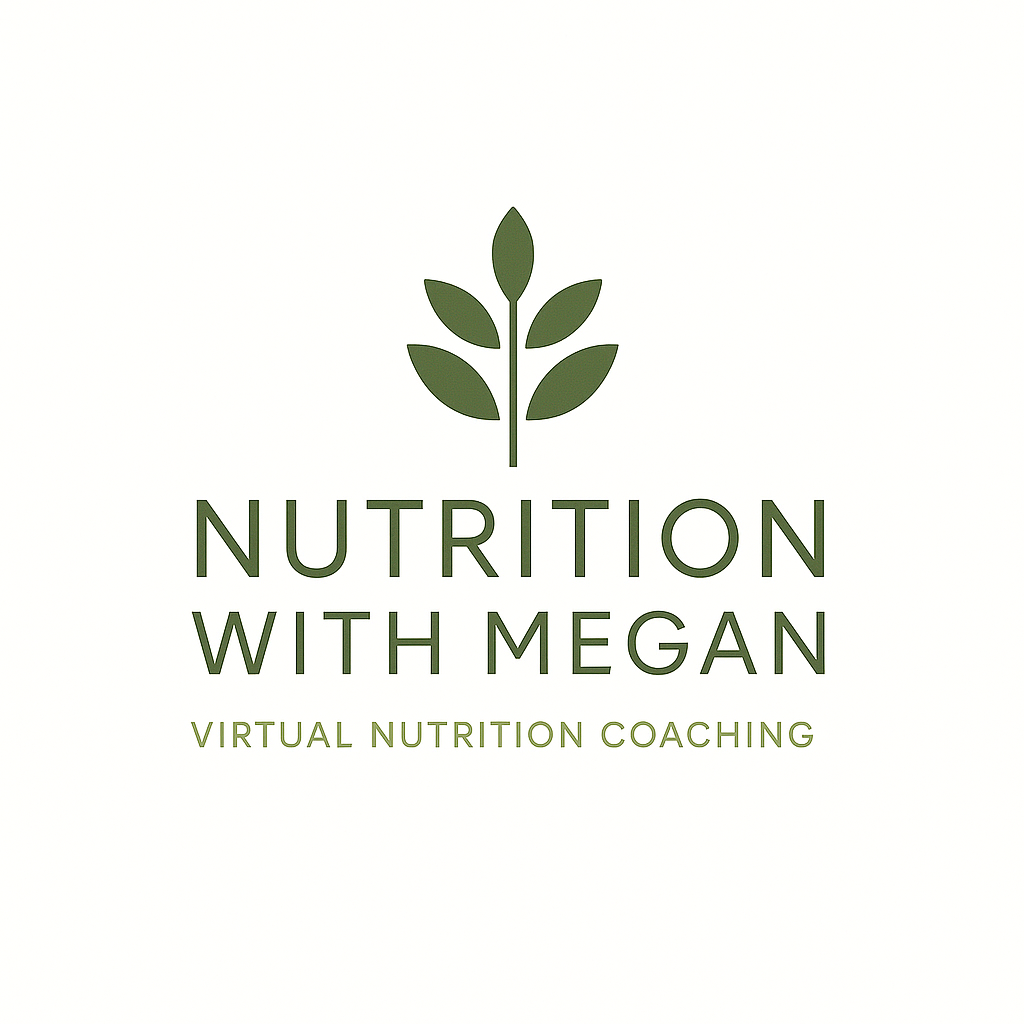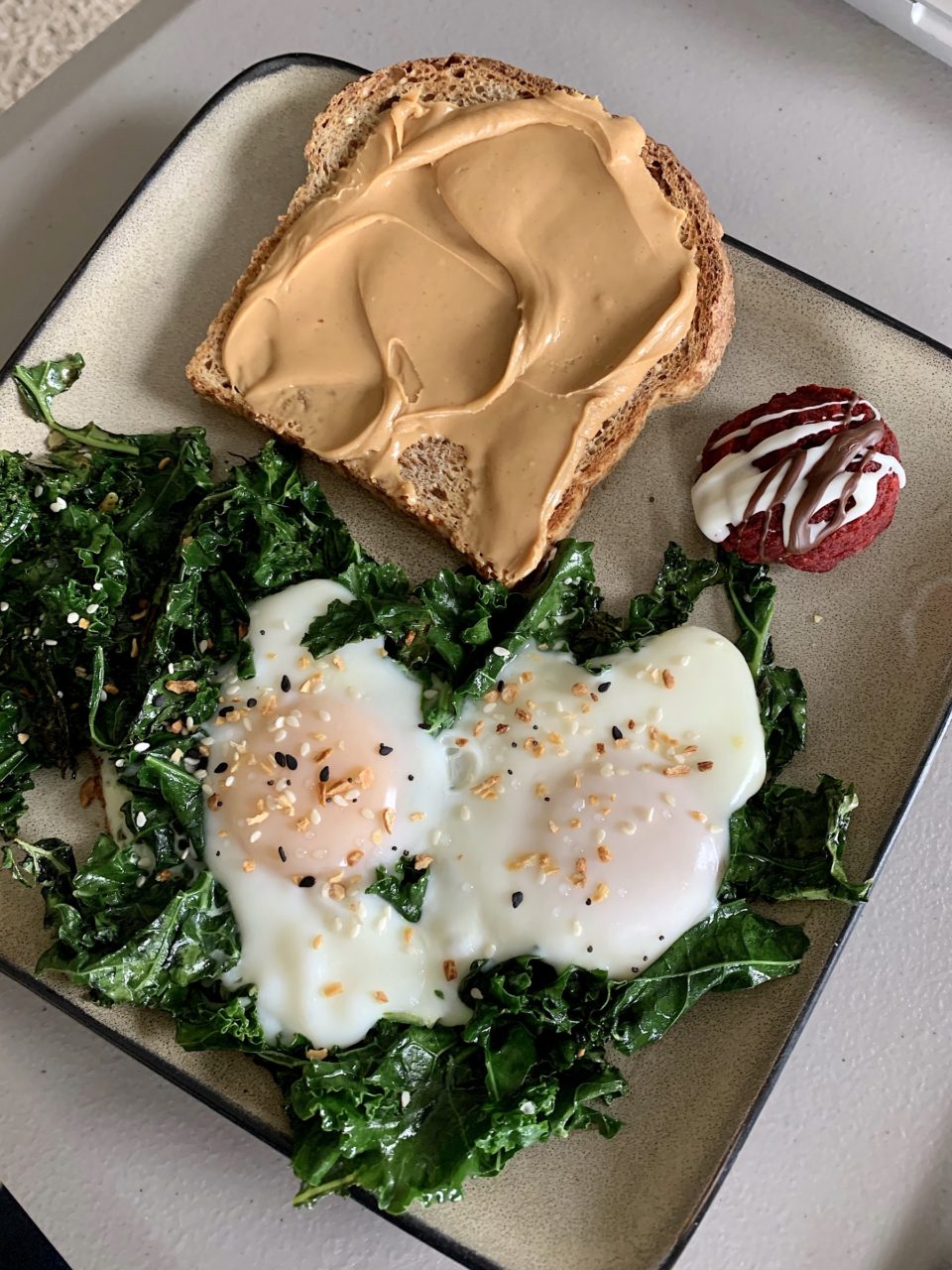How to use the Plate Method for meal planning
If you’re the type of person that struggles to come up with what to cook each week for dinner or have no idea where to start when it comes to cooking healthy meals for you and your family, this is the post for you. The Plate Method is often the first place I start with my clients when helping them plan healthy meals at home. It’s a simple guide that does have to be used strictly and it’s not a diet! So let’s dive in.
What it is
The Plate Method is an adaptation of MyPlate from the USDA nutrition guidelines. The original MyPlate recommends dividing your plate like so: ¼ fruit, ¼ vegetables, ¼ protein, ¼ grain, and dairy on the side. While I believe this is a great starting point for most adults and children, it can be too high in carbohydrates for my clients with prediabetes and diabetes. It also doesn’t allow for enough high fiber, nonstarchy vegetables in your day!
So here’s the new changes of MyPlate to create the Plate Method: ½ plate nonstarchy vegetables, ¼ plate protein, ¼ grains/starchy vegetables, and dairy/fruit on the side as needed or at snacks. You can see this in the diagram below.

When to use it
As a Registered Dietitian, I always recommend a personalized approach to your nutrition. However, if you need a place to start with certain chronic health conditions, the Plate Method is a great starting point. It provided adequate protein, moderate carbohydrates, and a variable amount of fat depending on your cooking methods. It’s a great framework to start with!
Here’s a few of conditions I might recommend this as a starting point:
- Prediabetes
- Diabetes
- PCOS
- Cardiac
- Constipation/High Fiber Requirements
In addition to these specific health conditions, I sometimes use this Method for clients who are wanting to lose weight but previously restricted carbohydrates too much. I’m looking at you Keto….Anyway, with its emphasis on nonstarchy vegetables it’s a great way to ease carbohydrates back into your diet.
This is also a great tool if you suspect you have a food allergy or intolerance. It keeps your meals very simple and encourages single ingredient foods. This can make it much easier to identify food triggers when you’re only including 3-5 ingredients per meal.

How to adjust
Now I understand we don’t always eat single ingredient foods that fall into simple categories. We like to eat mixed dishes like soups, casseroles or other mixed ingredient recipes and that’s ok! That’s why I mentioned earlier that this is simply a guide or a starting point. Meaning, if you have a soup or other mixed dish at your meal, you should have a significant amount of vegetables, some protein, and some carbohydrates. You shouldn’t have to hunt around the plate or bowl for vegetation!
Don’t forget the fat
One macronutrient that isn’t shown in the Plate Method is fats! That doesn’t mean you have to avoid it. Go ahead and cook your food in a variety of healthy fats and oils. A few of my favorites to have on hand are: butter, ghee, olive oil, and avocado oil. I rarely use a nonstick spray unless I’m greasing a baking sheet or pan. That’s because I want fat in my diet! When fats like the ones mentioned above are used in cooking, they’ll not only help you feel more full and satisfied at meals but also protect your heart!

Desserts are ok too
I know what you’re thinking, “but what if I want something sweet???” Of course you can still enjoy something sweet! Desserts are a part of life and you’re not wrong for wanting a sweet treat now and again. My two biggest concerns for clients when it comes to their sugar intake are hidden added sugars (sauces, crackers, granola bars, yogurts, etc) and beverages (sweet tea, coffee, soda, etc).
Once we’ve worked to significantly reduce added sugars from these sources, it’s much easier to appreciate the sweetness from a cookie or your favorite slice of pie. Your taste bud’s threshold for enjoying sweet flavors will be much lower and it will be much easier to enjoy a smaller portion of desserts when you’re not constantly exposed to it all day. Click here if you’re interested in my favorite lower sugar desserts!

I hope you found this post helpful if you’re feeling stuck as to where to start on your healthy eating journey. If you have specific questions about how the Plate Method can be adapted to your unique health concerns, let’s get together for a Discovery Call and see if you’d be a candidate for my Private Coaching!
Follow me on social media and never miss a new post!

